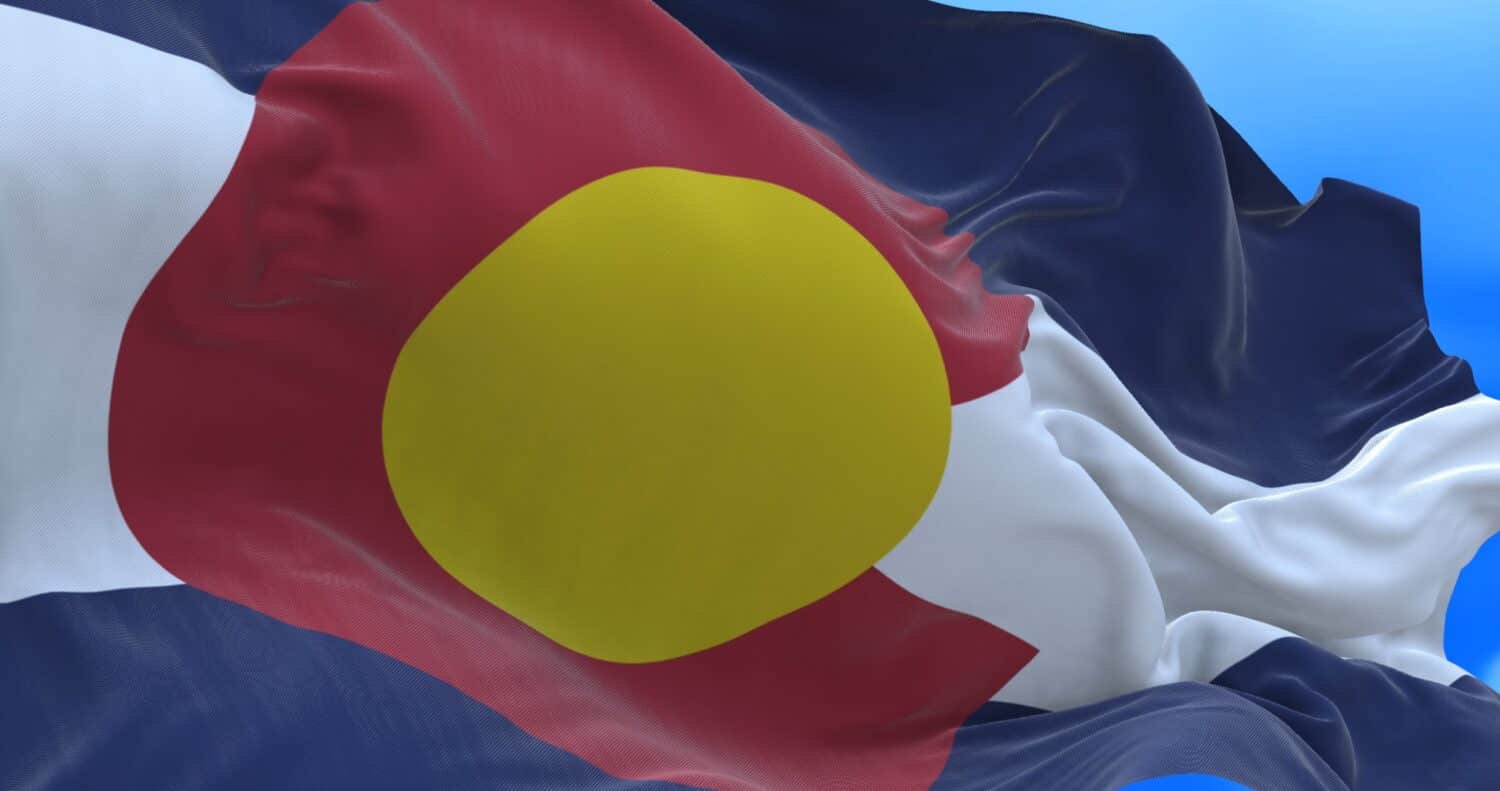Colorado is a state in the western U.S. known for being home to the Southern Rocky Mountains. The scenic Southern Rockies are famous for providing incredible hiking, biking, and skiing opportunities. As a state so famous for its mountains, is there anywhere in Colorado with low elevation? This article explores the lowest point in Colorado, including its location, history, and nearby wildlife.
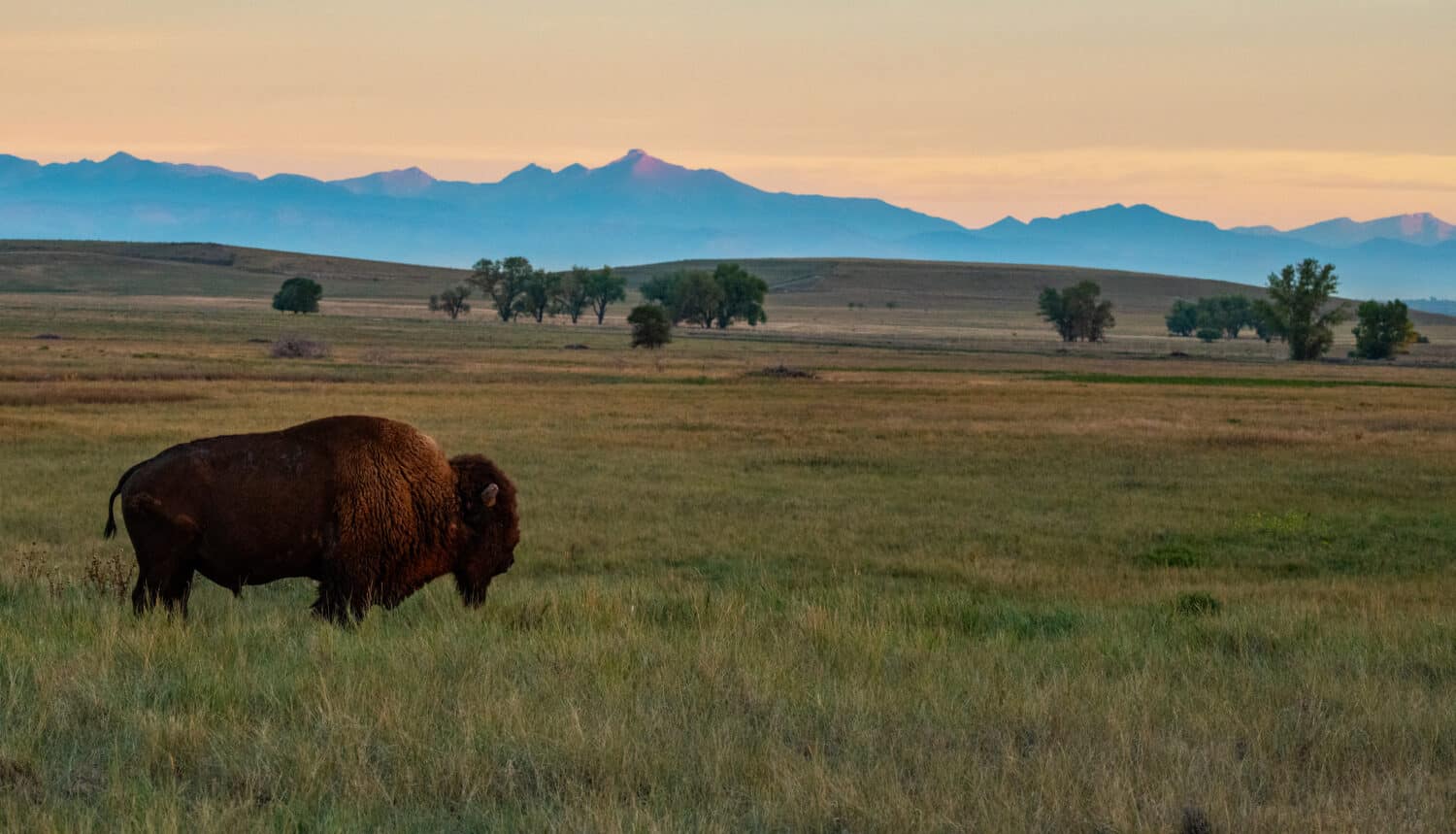
While Colorado is known for the Rocky Mountains, it is also home to vast, flat plains.
©Kerry Hargrove/Shutterstock.com
The lowest point in Colorado is an incredible 3,310 feet above sea level! Let’s explore where this point is.
Location
The lowest point in Colorado is in Yuma County, which is in the Eastern Plains region of Colorado. The Eastern Plains span from Colorado’s border with Kansas to the Rocky Mountains, increasing in elevation from east to west. Colorado’s lowest point lies on the Kansas border, just under two miles south of the point where Colorado, Kansas, and Nebraska all meet. The closest Colorado town is Wray, which is 11 miles northwest. Laird, an unincorporated community in Yuma County, is 8 miles northwest.
Yuma County borders four Colorado counties, two Nebraska counties, and one Kansas county. To the north lies Phillips County, CO. Chase County, NE lies to the northeast. Cheyenne County, KS lies to the east, just across the state line from the lowest point in Colorado. To the east lies Dundy County, NE. Finally, Kit Carson County, Washington County, and Logan County, all in Colorado, lie to the south, west, and northwest.
Colorado’s lowest point is on the beautiful Arikaree River. The Arikaree River begins in Elbert County, Colorado, flowing through the southwestern corner of Kansas before ending at its confluence with the North Fork Republican River in Dundy County, Nebraska. At their confluence, these two rivers form the Republican River.
History
Before Yuma County became a part of the United States, it was a hunting ground for several indigenous peoples of the Eastern Plains including the Cheyenne and Arapaho, which are now one federal tribe. Additionally, the Kiowa and Pawnee used the area for hunting.
The Pike’s Peak Gold Rush of 1858-1862 brought a wave of settlers to the area that was to become Colorado. In 1861, the Colorado Territory was incorporated into the United States. President James Buchannan signed the act that made the Colorado Territory a slave-free U.S. territory less than a month after the succession of seven slave states. Then, in 1876, President Ulysses S. Grant admitted Colorado to the Union.
Today, Yuma County is a hub for agriculture, home to over 800 farms. According to the United States Census Bureau, Yuma County has a population of 9,899 as of 2022.

Yuma County, home to the lowest point in Colorado, is a hub for cattle ranching.
©Bob Pool/Shutterstock.com
Visiting the Lowest Point in Colorado
The lowest point in Colorado is on privately owned land, and thus not available to the public. However, visitors can still enjoy the beautiful Yuma County. Each summer Yuma County holds an exciting County Fair, with parade, rodeo, and livestock shows. The fair is held in July and August.
Yuma County is a three-hour drive east of Denver, CO. Drivers can take Interstate 76 West and U.S. State Route 34 West or take Interstate 70 West and U.S. State Route 36 West.
Wildlife Near the Lowest Point in Colorado
The Eastern Plains of Colorado are home to incredible animals adapted for life in the plains. Colorado’s lowest point is 95 miles southeast of the Pawnee National Grassland, which is a haven for wildlife. This area is especially known for its abundance of bird species. Let’s explore some of the amazing animals near Yuma County.
Black-Tailed Prairie Dog (Cynomys ludovicianus)
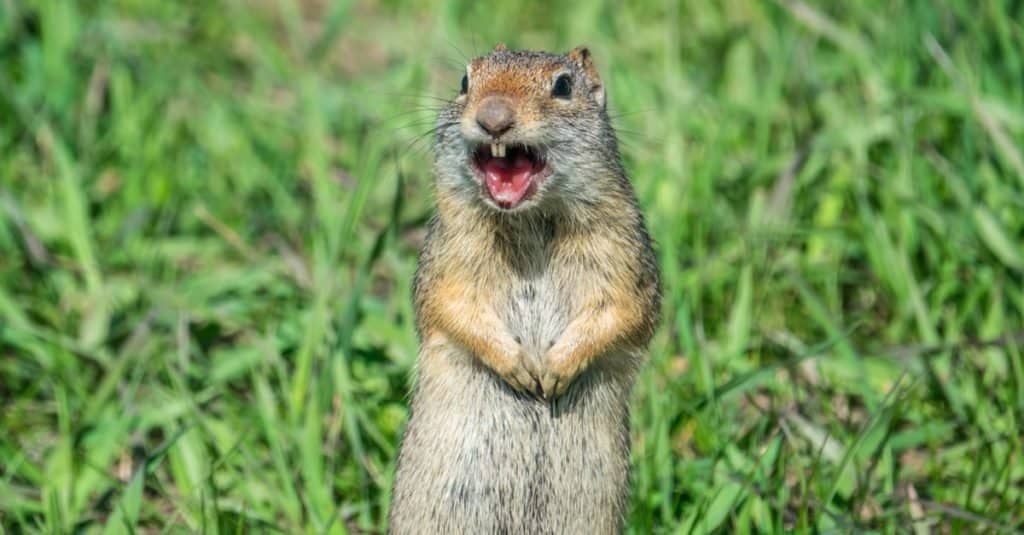
Prairie dogs bark to alert others of potential danger.
©fluidmediafactory/Shutterstock.com
The black-tailed prairie dog is a kind of ground squirrel that lives in underground burrows. Black-tailed prairie dogs are incredibly social, living in large colonies. Living underground and in large groups helps keep them safe from predators such as coyotes and birds of prey.
Pronghorn (Antilocapra americana)
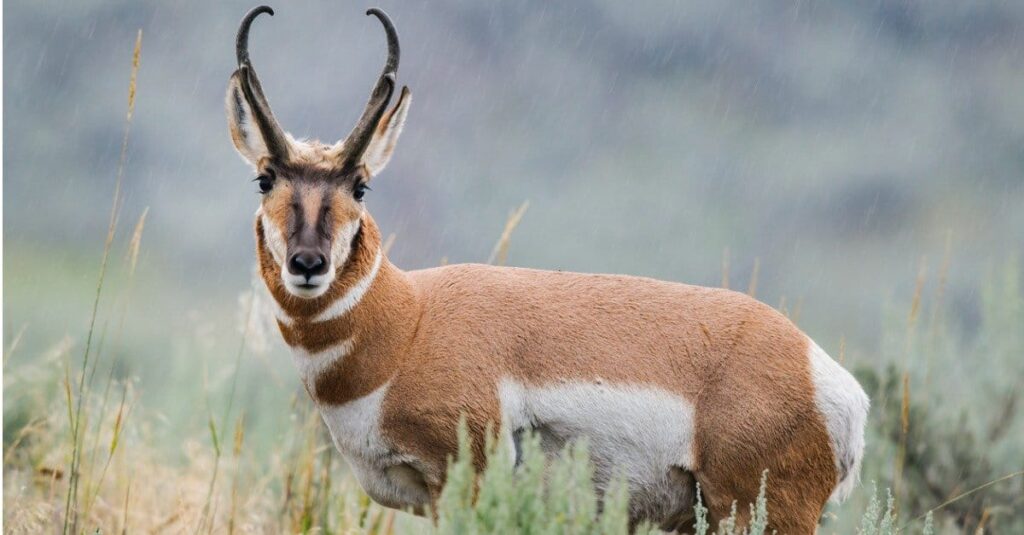
While not a true
antelope
, the pronghorn is sometimes called the American antelope.
©BGSmith/Shutterstock.com
The pronghorn is a hoofed mammal native to North America. All other species in the Antilocapra genus have gone extinct, leaving the giraffe and the okapi as the pronghorn’s closest living relatives.
Burrowing Owl (Athene cunicularia)
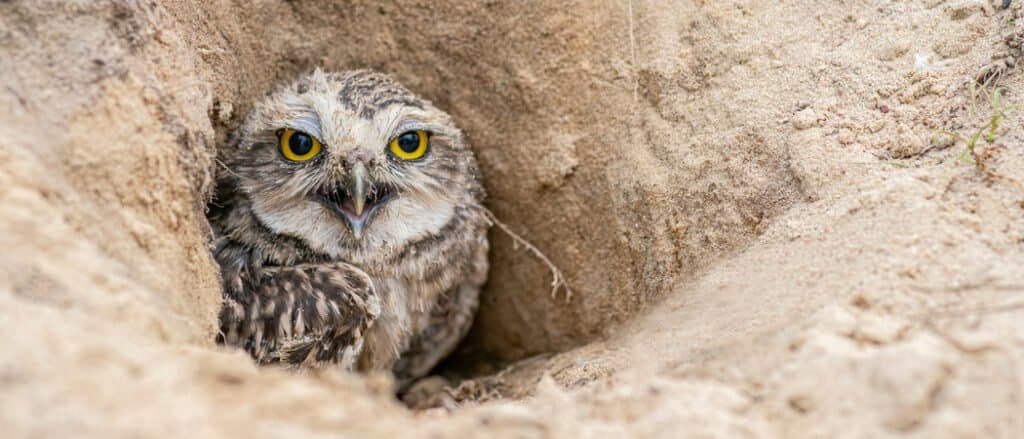
Burrowing owls make their homes in underground burrows, such as those left behind by prairie dogs.
©Albert Beukhof/Shutterstock.com
The burrowing owl is a small bird of prey that lives in burrows. Unlike other owl species, they are not nocturnal. Burrowing owls also have longer legs than other owl species, allowing them to run.
Where Is the Lowest Point in Colorado Located on a Map?
Thank you for reading! Have some feedback for us? Contact the AZ Animals editorial team.

